Janine Stone: 'There’s an assumption that living in a period property involves a compromise in terms of layout and comfort. We don’t agree'
In the second feature in a new series of masterclasses on architecture and design, Country Life’s Executive Editor Giles Kime asks Janine Stone what she regards as the secret to restoring a historic house that offers both period character and 21st-century comfort.
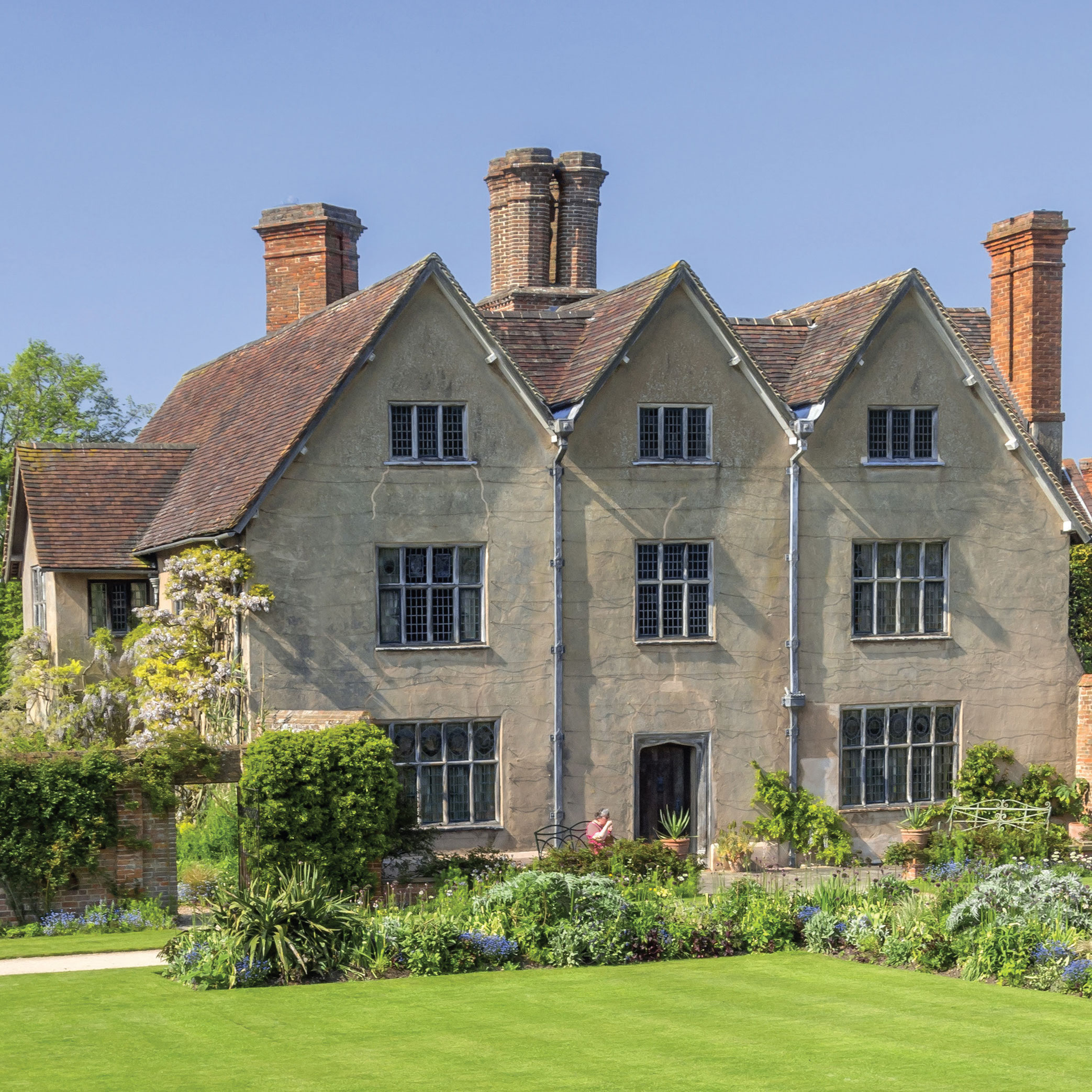

Many people who intend to put down roots in the country face a rather common conundrum; should they restore an existing house or start from scratch? Both options present a different set of challenges, as well as exciting opportunities. For many, the chance to give a new lease of life to a tired building can prove irresistible. Britain has an enviable tradition in this respect.
As well as a sympathy for old buildings, there is also a huge breadth of knowledge and experience. In recent years, these have been complemented by leaps and bounds in technology that have allowed architects and designers to create a seamless join between old and new.
The result is that restoring an old house no longer involves compromising on either convenience or creature comforts, as Janine Stone explains here.
Janine Stone has an enviable reputation in the creation of timeless new houses. In comparison, what are the benefits of restoring a period building?
Breathing new life into a historic property offers a chance to capture the romantic spirit of a building that has been in harmony with its surroundings for centuries. Yet, too often, there’s an assumption that living in a period property, built in another era, will involve a compromise in terms of layout and comfort. At Janine Stone, we don’t agree; we have a long track record in the sensitive restoration of old buildings that involves retaining and enhancing original features but also repurposing space to ensure that it functions as well as a new building.
What combination of skills, experience and resources are required for a successful restoration project?
As well as a profound understanding of period architecture, successful restoration requires a diverse range of skills, from design and specialist craftsmanship to experience in integrating modern technology into the fabric of an existing building.
However, there’s another requirement that is not only vital to this process but also surprisingly rare: an instinct for old buildings that allows a designer to preserve and enhance the integrity of a period house and make it relevant to modern living.
I have always admired how Janine Stone introduces fresh and original design ideas into their restoration projects, even when you are working on listed buildings. What role does design play in the success of these projects?
Good design is vital to two aspects of successful restoration. The first is the enhancement, repurposing and extension of existing spaces in a way that meets the needs of a client.
The other is the ability to create a simple, seamless and classic style that allows the character of a period house to speak for itself. The result is a building that is perfectly prepared for an exciting new chapter in its history.
When restoring an old building is it possible to incorporate many of the same benefits as a new building?
We have learnt how to introduce the same thermal and acoustic properties into an old building as a new one. Obviously, if a property is heavily listed, this can be a challenge but there are more opportunities than ever before.
What do you regard as key to creating the perfect balance of old and new?
The secret lies not just in restoring what is good but also removing what doesn’t work. The fact that 200 years ago someone decided to put a window or a wall in a particular place doesn’t make it good design. Operating within listed building regulations, it’s possible to enhance and replace architectural features to create a property that respects its origins but is also relevant to the 21st century.
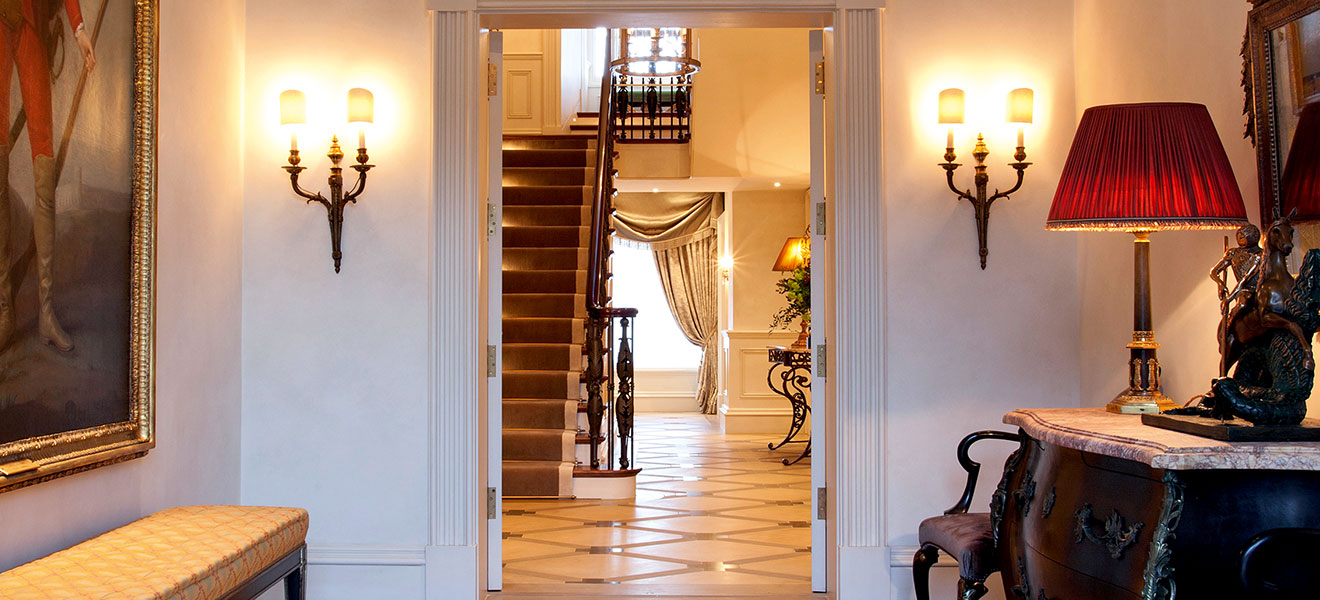
State-of-the-art technology is a key facet of Janine Stone’s new-build houses. What part does it play in your restoration projects?
When historic properties were built, they would have been lit by candles rather than electric light and wouldn’t have had the benefit of running water or indoor bathrooms. Although period houses would have been upgraded over the years to include these features, technology is constantly evolving.
The secret is to ensure that it doesn’t compromise the historic character of a house. We have a long track record in integrating the most thermally efficient heating, ventilation, lighting, audio-visual and communication systems seamlessly into the fabric of a building or concealing them invisibly in joinery.
How important are materials?
Together with good design and craftsmanship, beautiful, high-quality materials are the most important element of any design and the one that most obviously distinguishes an exceptional building. We work with skilled craftsmen who understand how to get the best out of the materials, in the same way that a skilled and experienced diamond cutter can bring a raw diamond to life. The use of stone, marble, wood for flooring or panelling and fitted joinery, as well as metals for staircases, door handles, taps, glass or metal chandeliers all add to the beauty of a restoration.
For further information, please see www.janinestone.com or telephone 020–7349 8888.
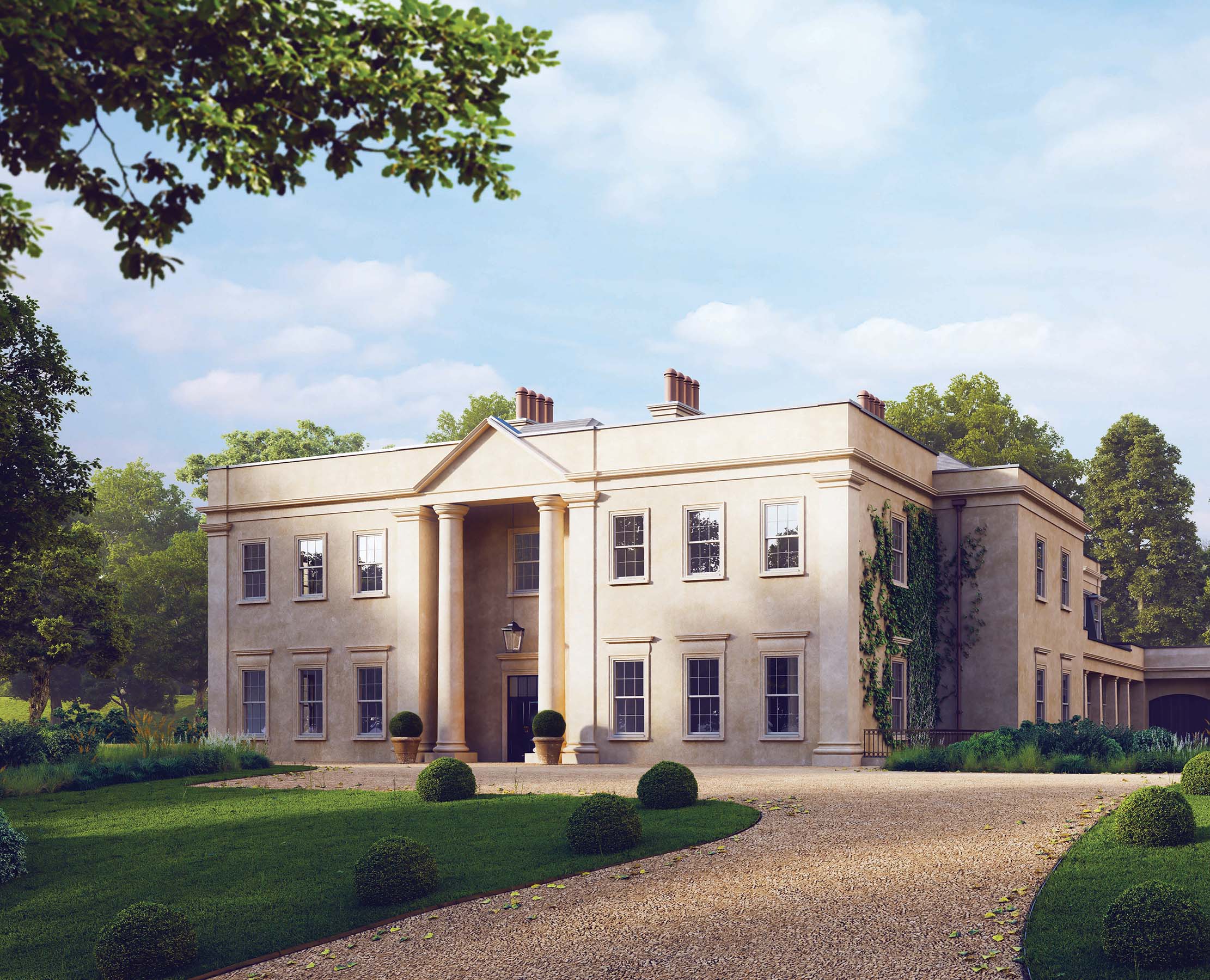
Credit: Janine Stone
Creating the house of your dreams with Janine Stone
In the first of a new series of masterclasses with Janine Stone, Country Life’s Executive Editor Giles Kime talks to
Exquisite houses, the beauty of Nature, and how to get the most from your life, straight to your inbox.
-
 A short history of all the must-have toys for Christmas
A short history of all the must-have toys for ChristmasToday’s queues may be digital, but the fight to secure that must-have present and avoid small, disappointed faces is timeless. Tom Howells looks at the toys topping recent (and less recent) Christmas wish lists.
-
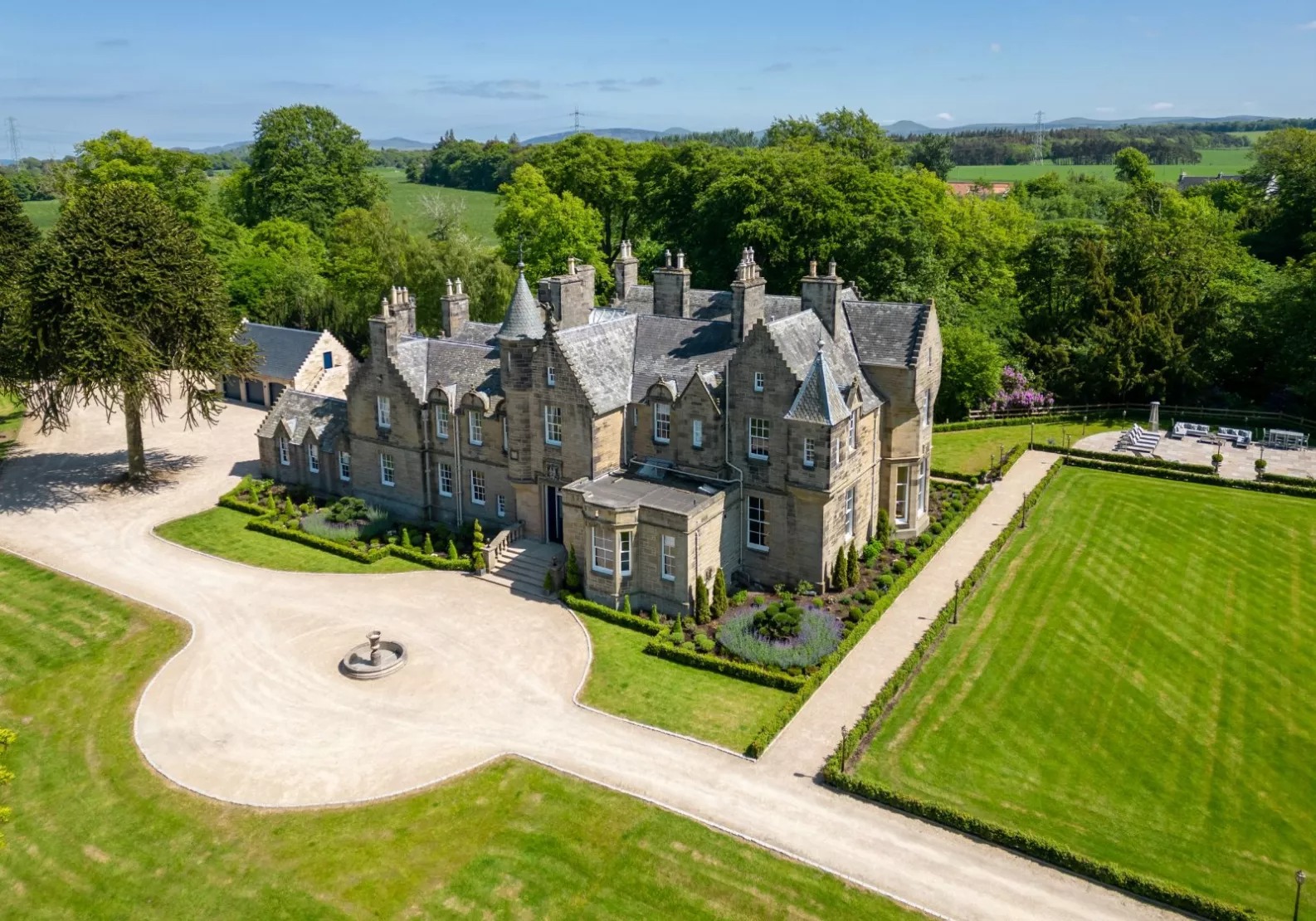 Four homes fit for Father Christmas, from dream chimneys and reindeer stables to a house — with sleigh parking — on North Pole Road
Four homes fit for Father Christmas, from dream chimneys and reindeer stables to a house — with sleigh parking — on North Pole RoadIt's the time of year when we stop and wonder what Father Christmas is doing to get ready for his big day — and just as importantly, the sort of house he'd need to live in to prepare.
-
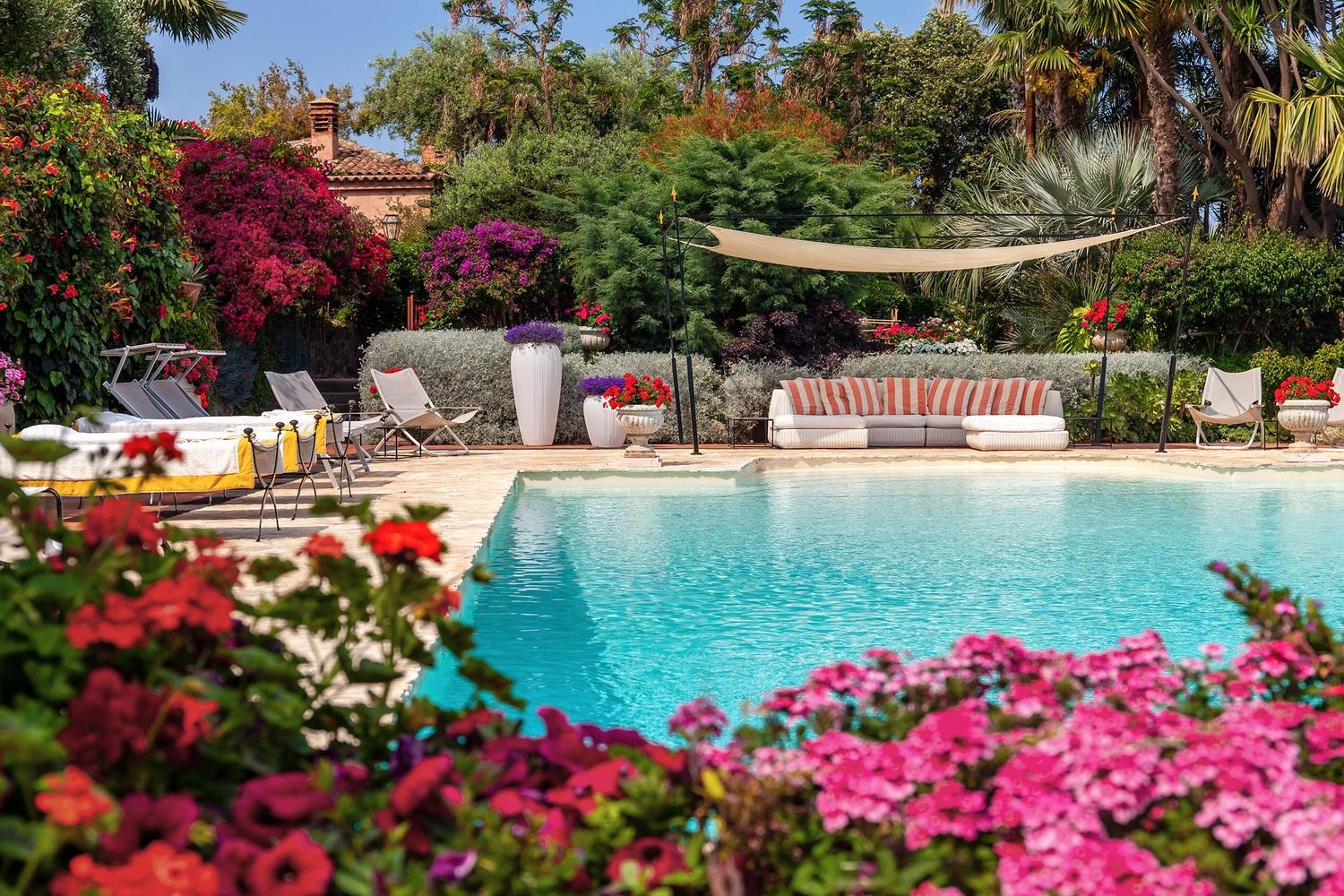 Jewels of the Mediterranean: Luxury multi-generational villa holidays
Jewels of the Mediterranean: Luxury multi-generational villa holidaysThe Thinking Traveller have some of the finest villas in the Mediterranean on their books for multi-generational holidays. Here are just a few of the highlights.
-
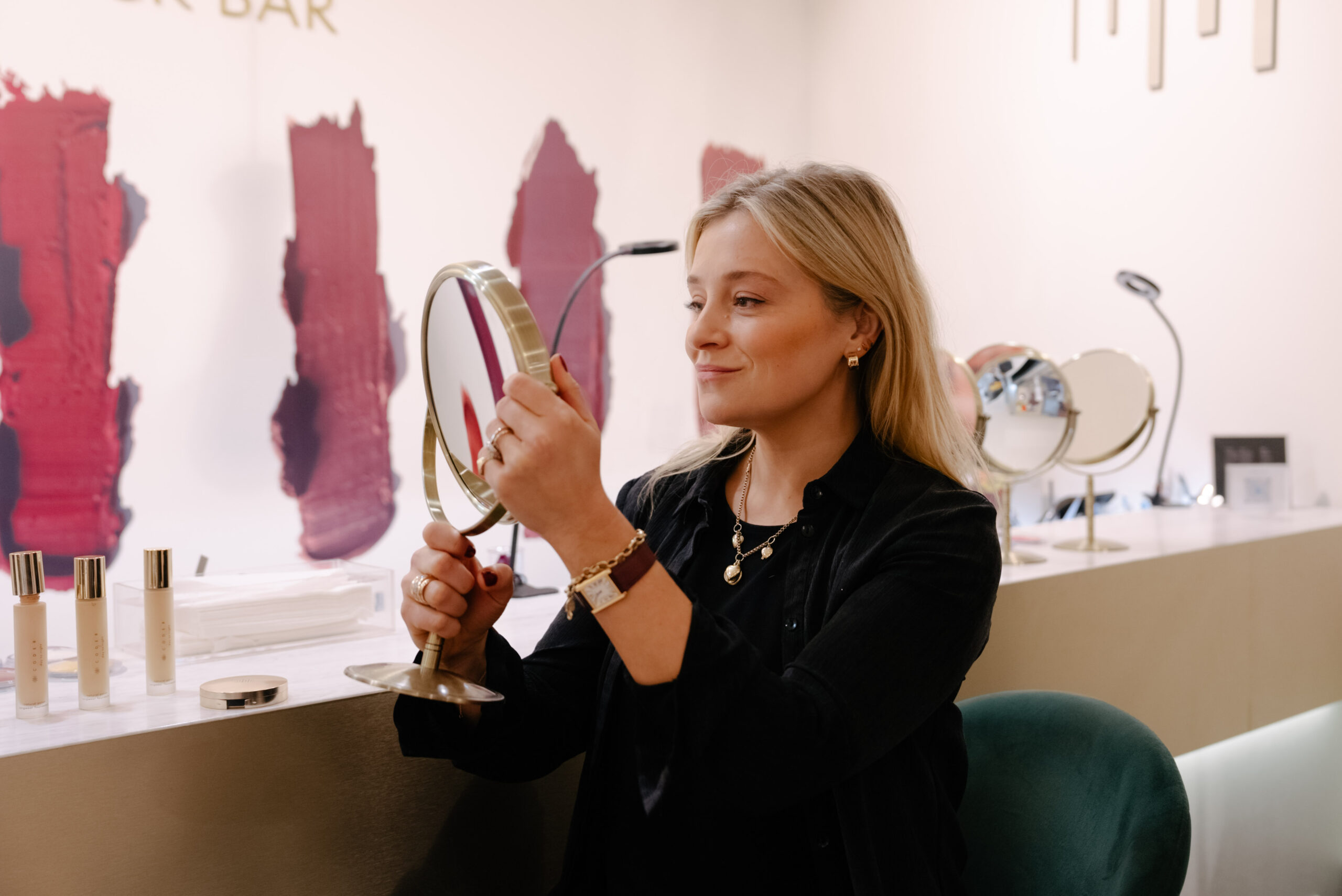 Code8: Beauty on Burlington Arcade
Code8: Beauty on Burlington ArcadeCome along Burlington Arcade with Hetty Lintell to visit beauty gurus Code8, and try their new Day To Night Foundation.
-
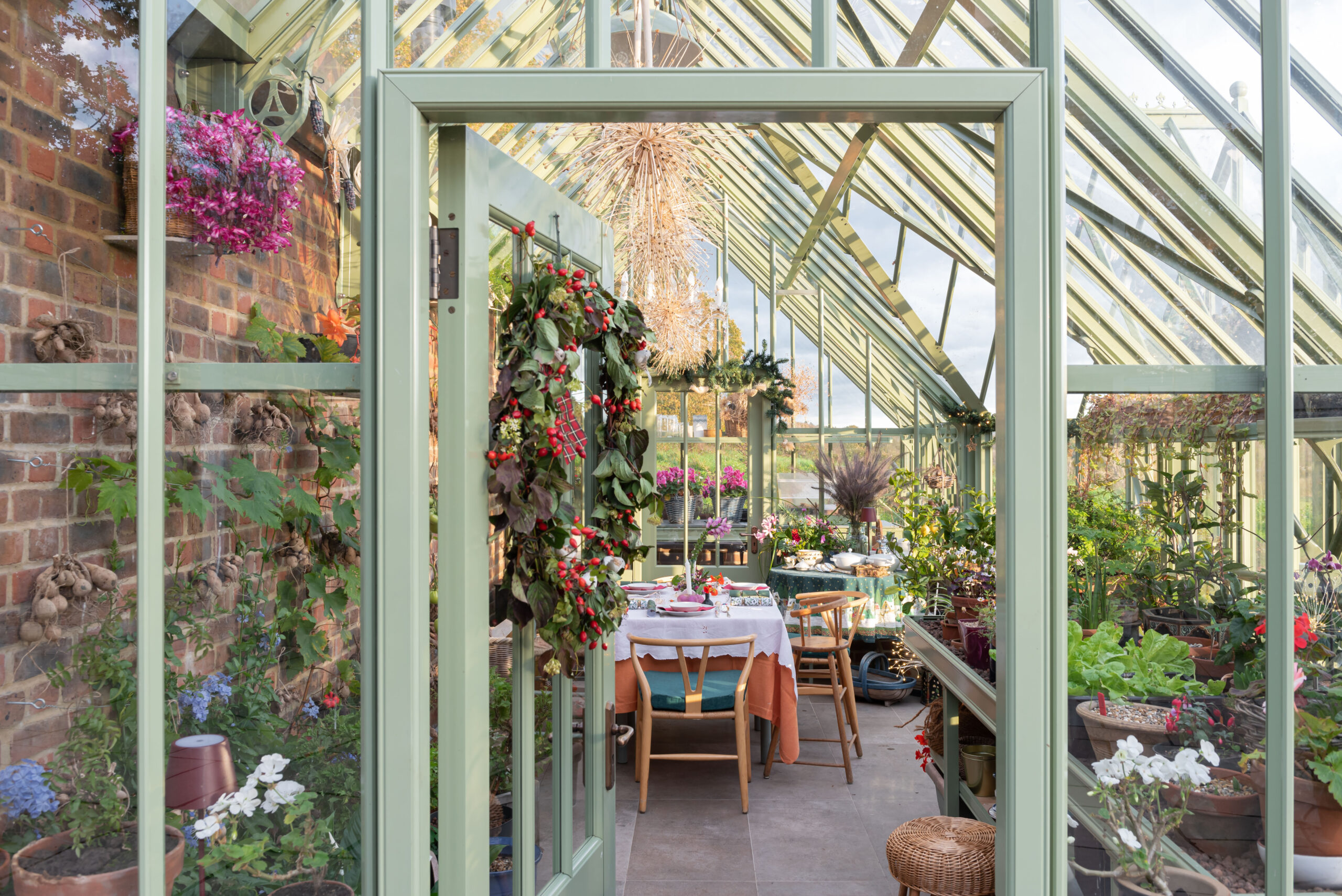 The gift of growing
The gift of growingEntirely built to suit your needs, a bespoke Alitex greenhouse not only helps you nurture flowers and vegetables, but also offers a tranquil retreat from the pressures of daily life.
-
 The ultimate Canadian train journey
The ultimate Canadian train journeyExperience the spectacular scenery of the Canadian Rockies onboard the luxury and top-tier service of Rocky Mountaineer.
-
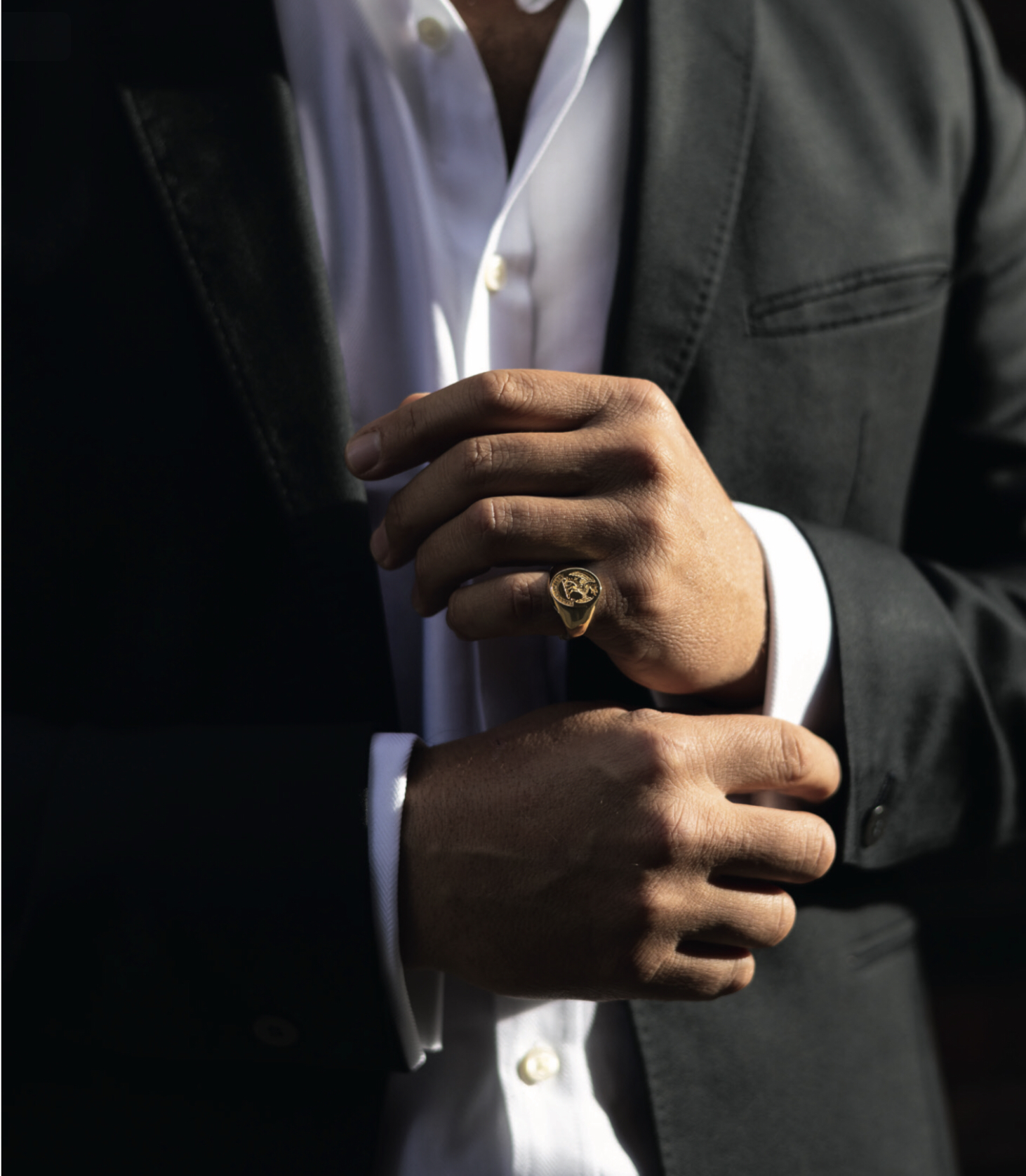 Diamonds are a man’s best friend
Diamonds are a man’s best friendMale interest in jewellery is on the rise, with gypsy and signet rings proving especially popular, according to renowned jeweller Hancocks.
-
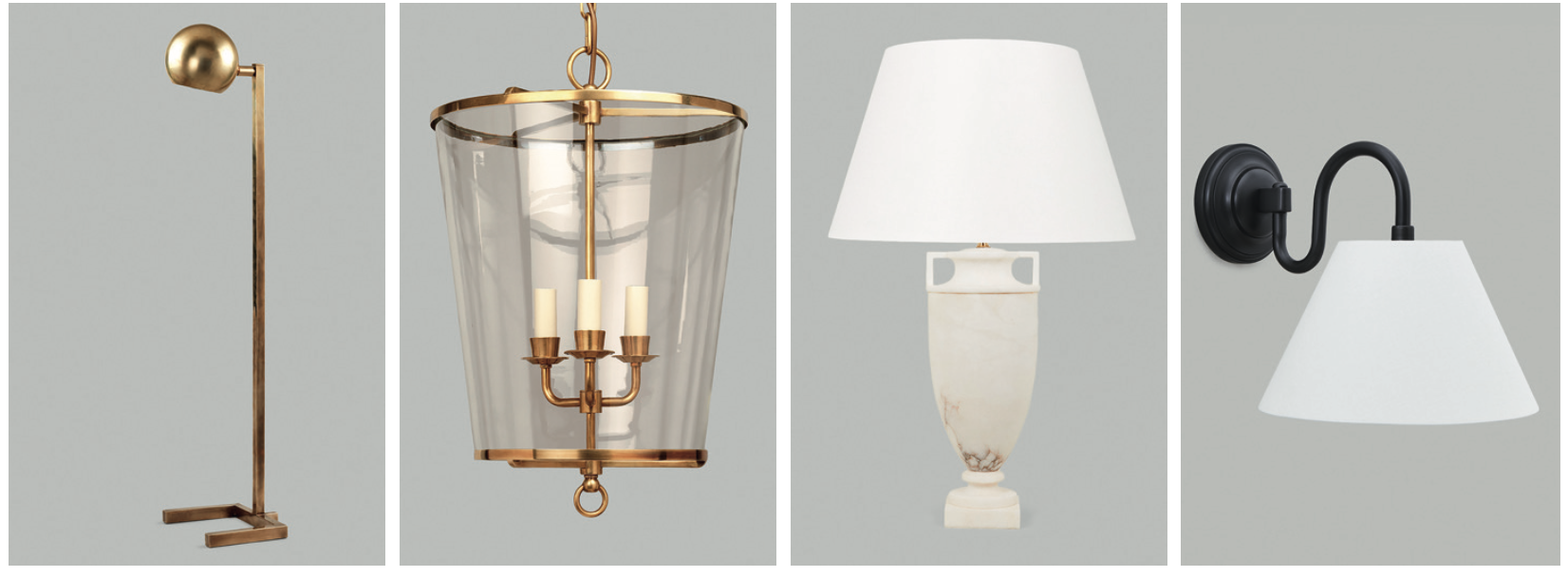 The Art of Lighting: Four of Britain's top designers share their best tips for choosing lighting
The Art of Lighting: Four of Britain's top designers share their best tips for choosing lightingAt a recent panel discussion hosted at Vaughan’s London showroom during Focus/24, interior designers Emma Pocock and Sarah Peake, lighting designer Jo Mann of Lighthouse Designs and Richard Smith of Vaughan shared their top 10 tips on choosing lighting.
-
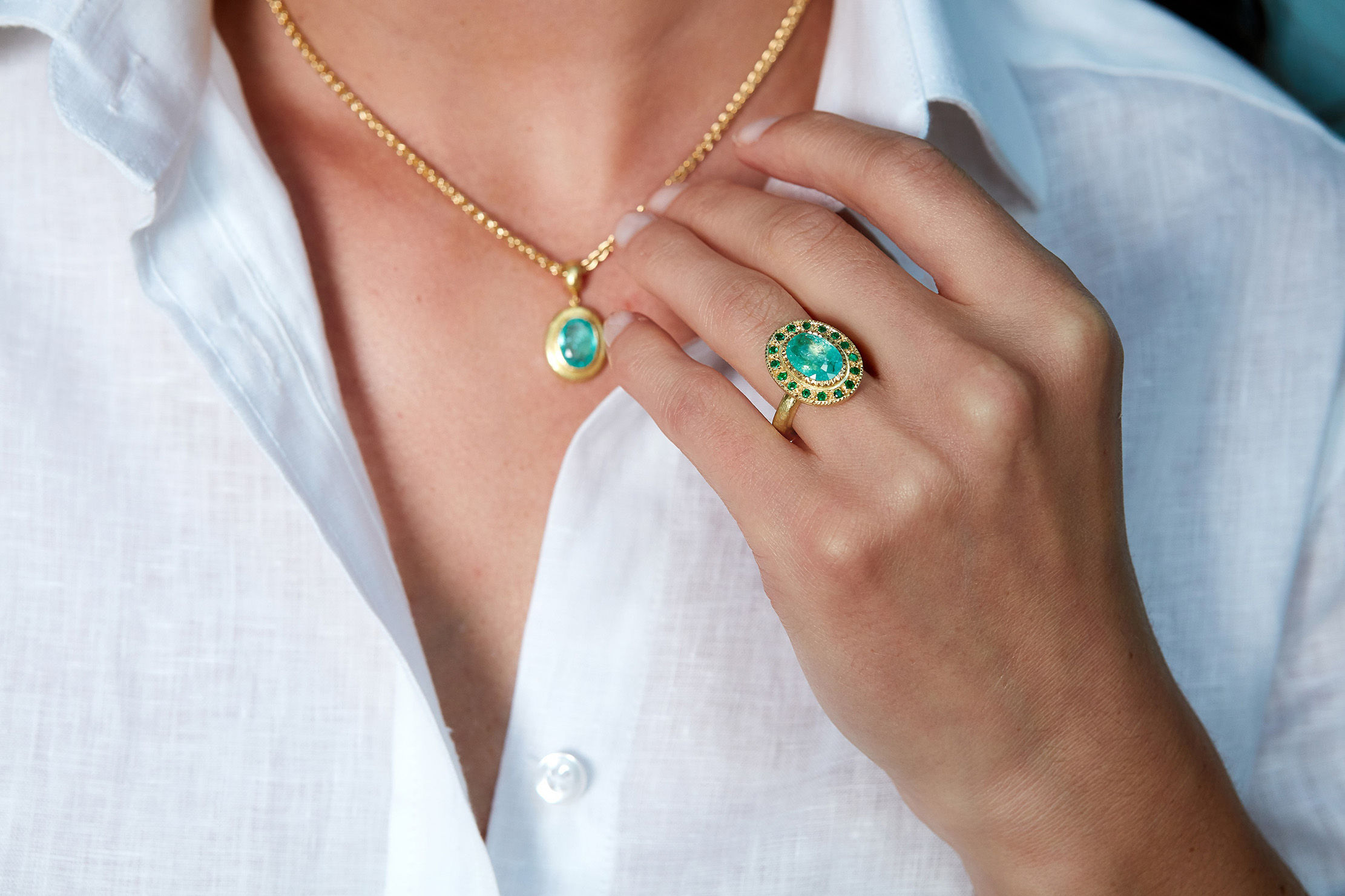 The beauty of bespoke: A journey with Julia Lloyd George
The beauty of bespoke: A journey with Julia Lloyd GeorgeGoing bespoke with Julia Lloyd George means getting not just a piece of jewellery, but a lifelong treasure.
-
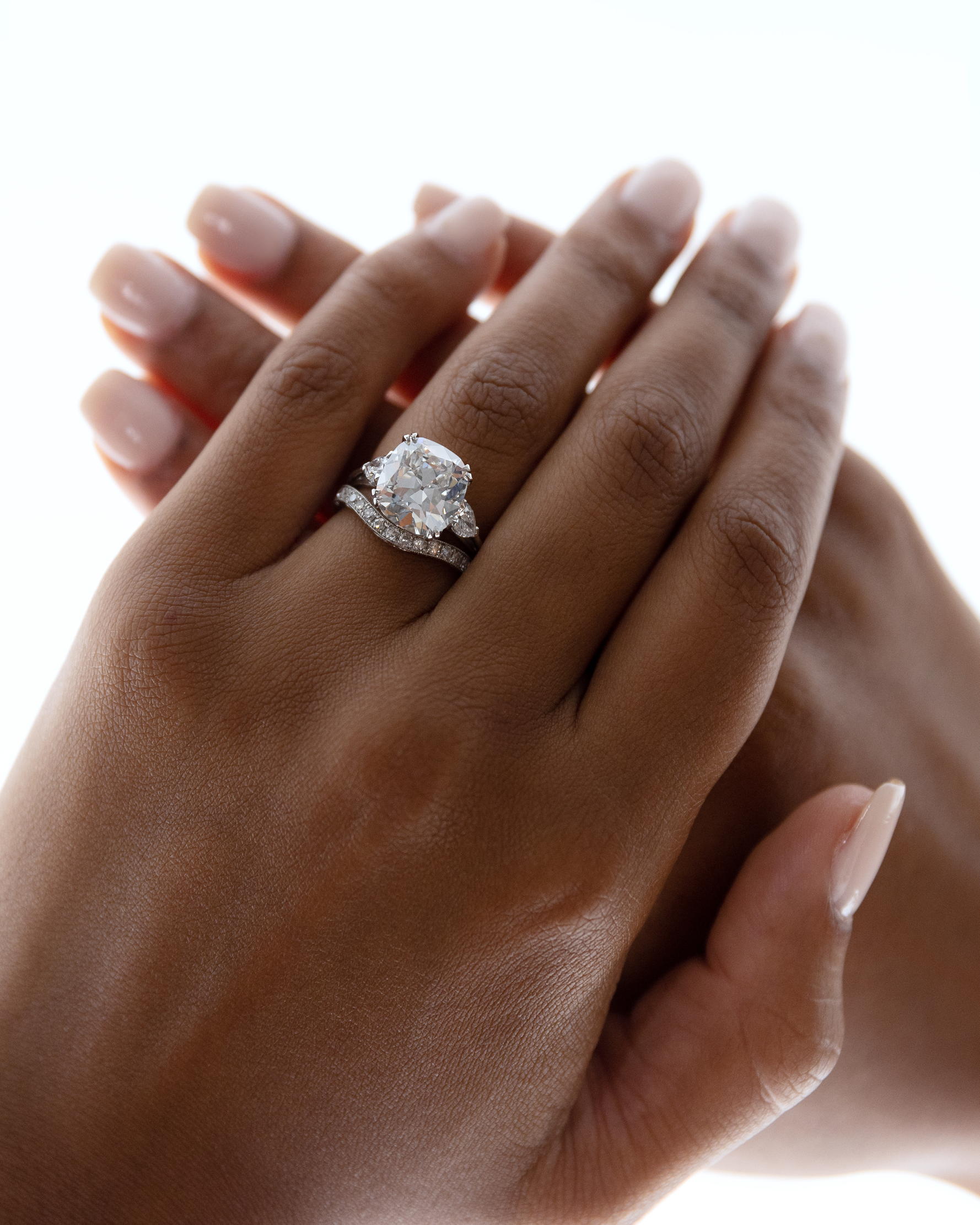 Hancocks: Sparkle of genius
Hancocks: Sparkle of geniusHistoric jewellery firm Hancocks, now in its new St James’s home, specialises in old-cut diamonds pieces that gleam and turn heads even in low light.
